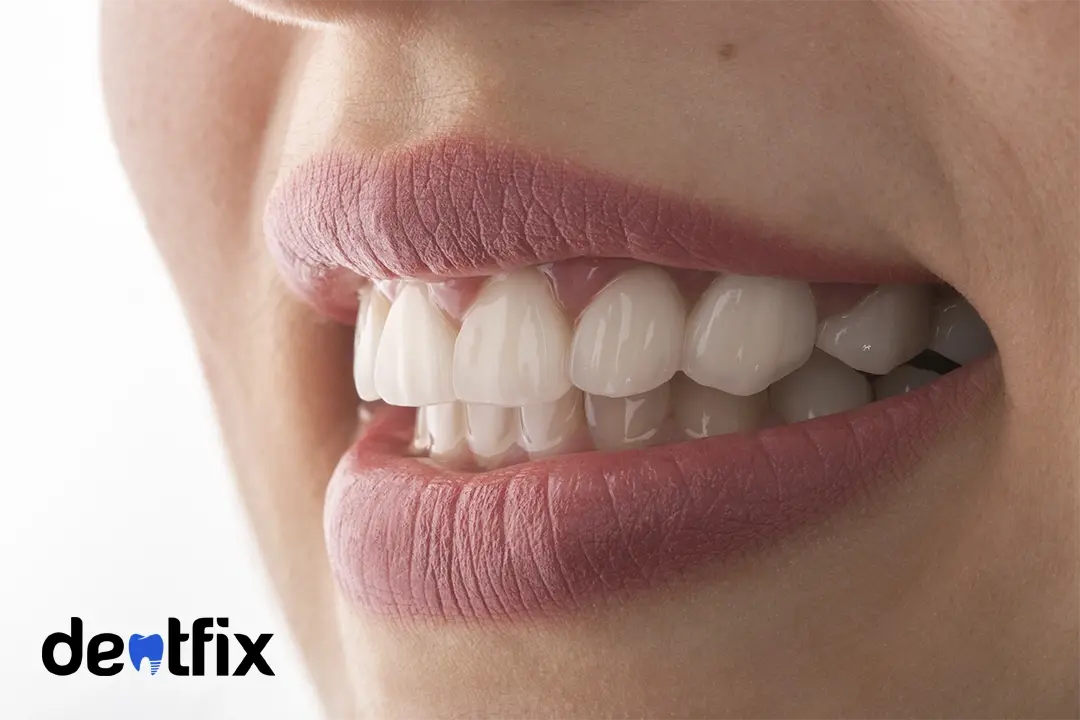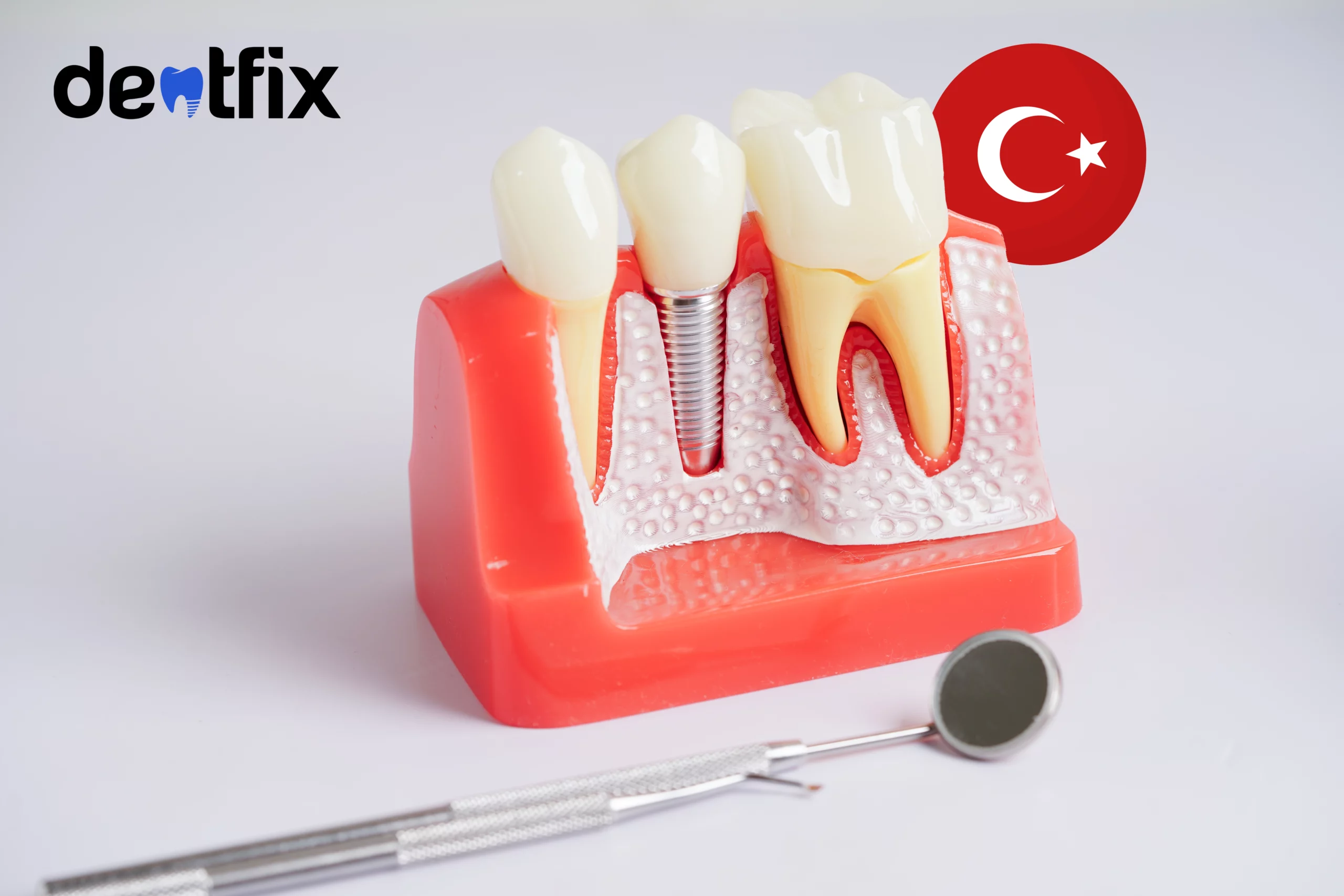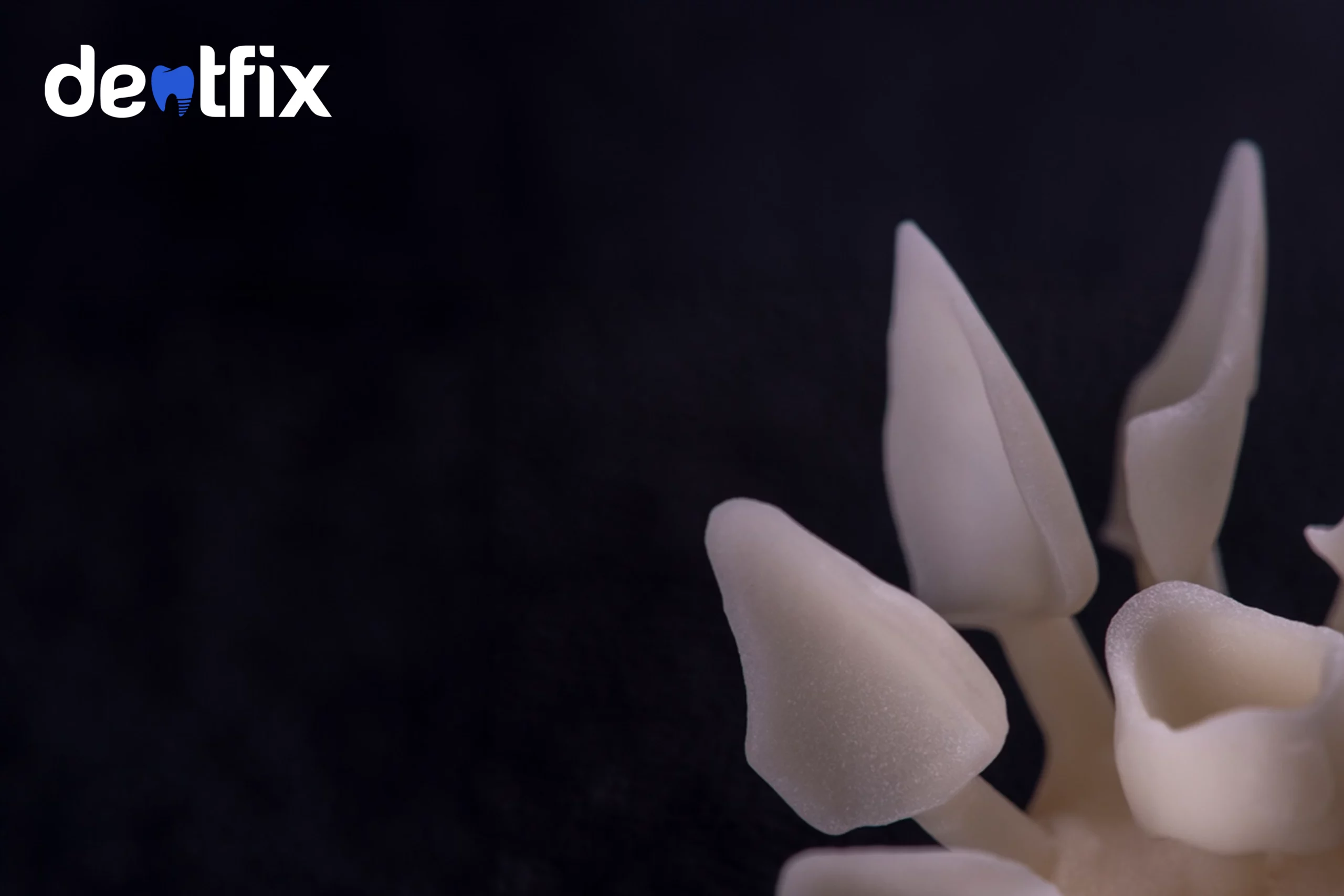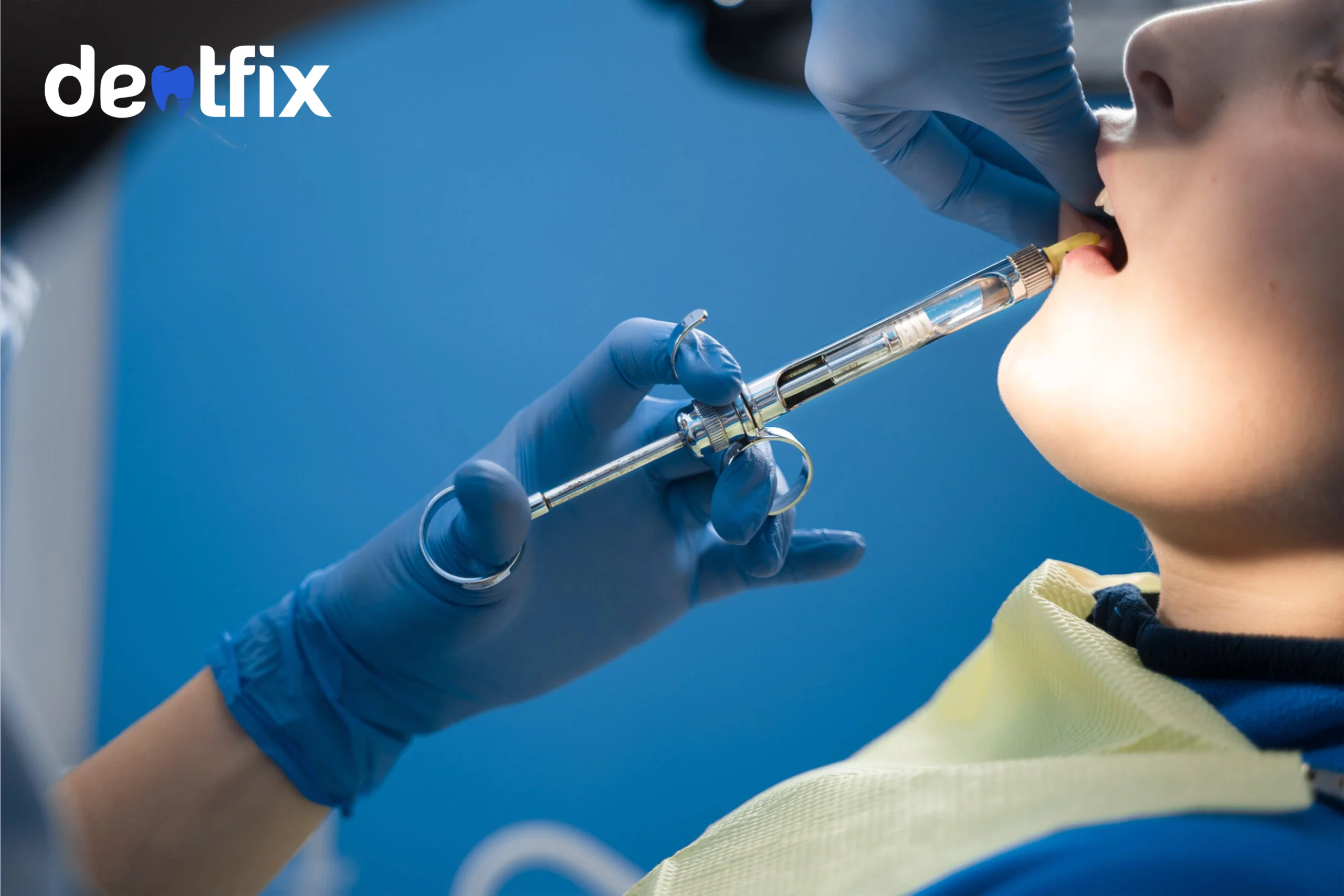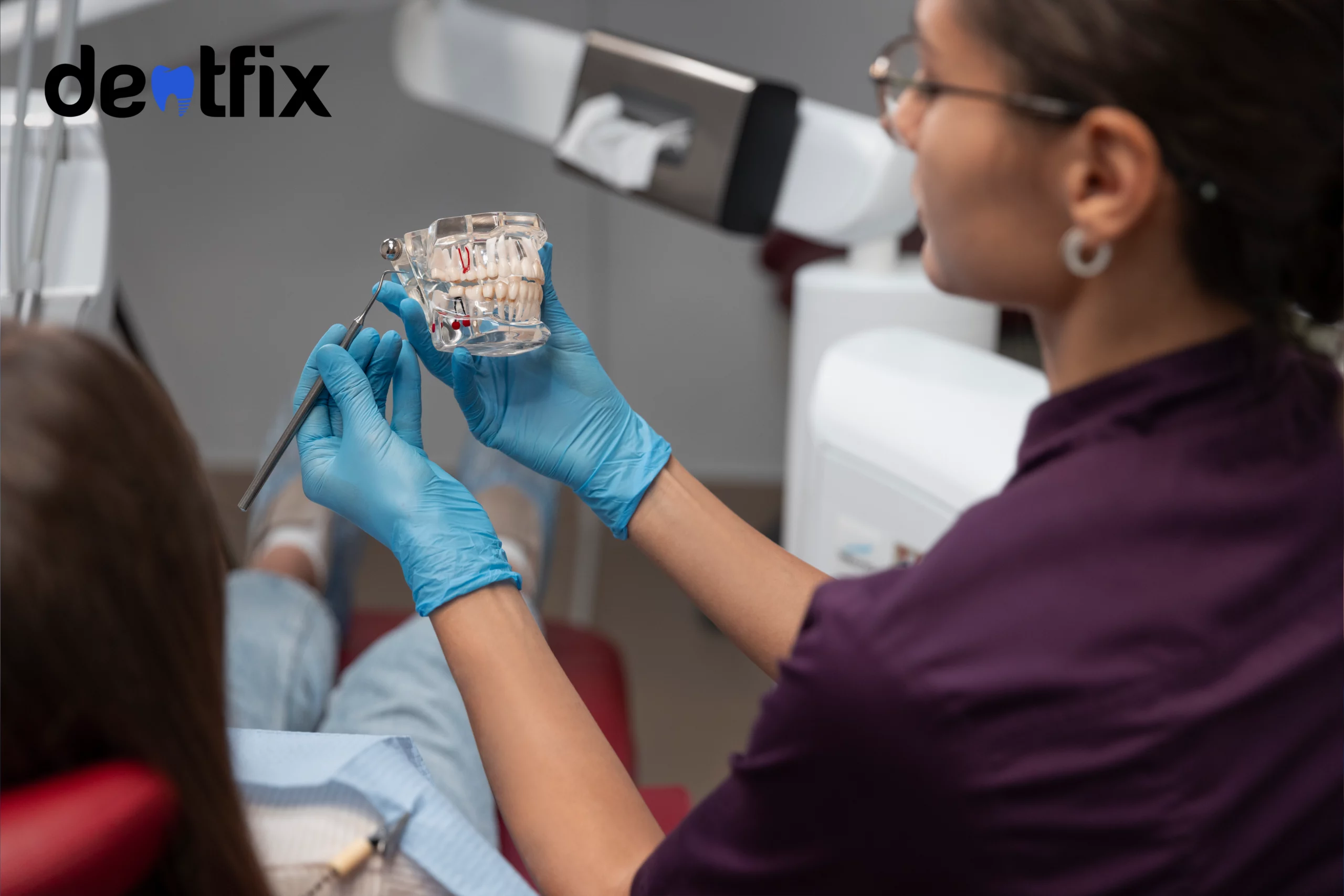Welcome to Chapter 1 of our Sinus Lift three-chapter journey that covers everything you need to know about this treatment. This first chapter will be an introduction to all the basic information on a sinus lift.
In a nutshell, you need a Sinus Lift when there is excessive bone loss in the upper jaw and it is impossible to place an implant. So, in case you’ve been daydreaming about a pearly white smile, this procedure brings you one step closer to it!
It not only changes your smile dramatically but improves your facial alignment (win-win!). Moreover, you can be carefree for years because implants with a stable bone structure last for a long time.
This guide also covers two more chapters that we highly recommend you read if you wish for a smooth and well-informed dental implant journey:
- Chapter 2: What’s the average cost of a Sinus Lift?
- Chapter 3: Why choose Turkey for a Sinus Lift procedure?
So what is a sinus lift?
A sinus lift is a semi-invasive dental procedure and only requires the patient to visit a dentist twice.
It is a simple bone augmentation process that allows dentists to create a stable foundation for implants.
Through this procedure, they rebuild the bone for safe implant placement.
Who is it for?
Sinus lifting is suitable for people who face bone loss in the alveolar bone and cannot get an implant because of it.
Bone loss can occur due to many reasons.
Here we discuss them one by one so that its easier for you to identify if you need a sinus lift before your implants:
- Prolonged Tooth Loss
- Severe Gum Disease
- Autoimmune Disease
- Tooth Decay
- Natural shape of sinuses
- Aging
Prolonged Tooth Loss:
Leaving a lost tooth as it is for a long time can lead to multiple problems. Not only does it affect the beauty of your smile but it also causes bone recession. In cases of severe bone recession, a sinus lift procedure is necessary to rebuild the bone.
Gum disease:
Severe gum diseases such as gingivitis eventually affect the quality of jaw bone. Receding, inflamed or bleeding gums are signs of bone recession. If you lost a tooth a while ago and suffer from gum disease, you may need a sinus lift to prepare the bone for an implant.
Autoimmune disease:
With autoimmune diseases such as Type 1 diabetes, the jaw bone recedes much faster. In such cases, patients need to be extra careful so there’s no excessive damage to the bone. Through maxillary sinus lifting, dentists rebuild the bone so that it can support an implant.
Tooth decay:
Lack of oral hygiene and not seeking treatment for decaying teeth leads to many dental complications. If tooth decay penetrates the bone, not only does it cause pain but also leads to loss of bone. Leaving tooth decay as it is for more than 6 months or a year is most likely to affect the bone majorly. In such cases, if you lose too much bone density, it is impossible to get dental implants without a sinus lift procedure.
Natural shape of Sinuses:
Sometimes sinus lifting is also necessary when the sinus shape is naturally large. In such a situation, there is no other way than a sinus lift for increasing alveolar bone height for implant placement. It all comes down to the assessment of your dentist and what they decide is best for you.
Aging:
Sometimes the loss of bone density in your jaw is due to the normal aging process. After the age of 45, it is natural for the sinuses to shrink and the jaw bone to lose volume. If there is tooth loss in the upper jaw, the deterioration starts much faster. Therefore, it is crucial to take the necessary initiative after losing teeth to avoid rapid jaw bone deterioration.
How is a sinus lift performed?
The procedure of sinus lifting is fairly simple.
It is a standard procedure performed in dental clinics.
The process lasts for 90 minutes to 1 hour approximately.
Here are 4 simple steps involved:
- Dental X-rays: Before any and everything, dentists examine your upper jaw to determine the amount of bone loss. For this purpose, they take a full x-ray of the upper mouth. This step is crucial for every patient because it allows dentists to assess the situation fully and take action. In the case of the sinus lift, the dentists focus on the placement of sinuses and how badly the alveolar bone is affected.
- Mild Sedation: Since sinus lifting surgery is mildly invasive, anesthetics help calm the patient. In this step, dentists administer local anesthesia to numb the area where the sinus is gently elevated. If needed, local anesthesia is also available in case the patient suffers from extreme dental phobia. Communication between you and the dentist is key so that it can be a comfortable experience for you.
- Gum opening: Once the anesthesia kicks in and the area is completely numb, the dentist makes a small cut in the gum tissue. The cut exposes the jaw bone where the dentist drills a small circle. It exposes the sinus membrane and the dentist then prepares to lift it with the help of appropriate tools.
- Maxillary Sinus Floor Elevation: With gentle and careful movements the dentist then slightly lifts the maxillary sinus cavity. As the sinus membrane is lifted, a hollow space is created underneath it which must be filled to get a uniform structure for an implant. The dentist then prepares to fill the space with the bone graft material.
- Bone grafting: After lifting the maxillary sinus membrane upwards, bone graft material is inserted into the space. The dentist then closes the graft and stitches back the gum tissue. The surgical site is thoroughly cleaned and disinfected to avoid any infections. The site is then left to heal and until it fully heals, implant placement is not possible.
For your convenience, here is a video showing the procedure:
What are the types of sinus lifting?
There are two different types of sinus lifting surgical techniques. They are not vastly different from each other except in the way they are performed.
- Lateral Window Technique
- Osteotome Technique
Lateral Window Technique:
It is a type of sinus augmentation technique, also known as a direct sinus lift.
In this process, dentists make a small opening into the lateral sinus wall. The sinus membrane is lifted and then bone’s added to the hollow space under it.
Lateral Window Sinus Lifting procedure because a lot of patients face extreme bone loss before implant surgery.
After a lateral window sinus lift, the surgical site is left to heal for 4 to 6 months before an implant is placed.
Osteotome Technique:
This technique is less invasive but only works on people who do not have massive bone loss.
Dentists only perform it when there is some level of bone structure (at least 5-7mm) available to support an implant.
Another prominent feature of this technique is that dentists can place an implant in the same surgery.
This technique involves a thorough amount of inspection to avoid implant failure.
Are sinus lifts common?
Another common query we receive is if sinus lift surgery is a common dental procedure. Many people believe it is an invasive procedure and not everyone needs it.
But we assure you it is not true because it is a fairly common procedure since tooth loss and bone deficiency are common issues. If you suffer from these issues and need implants, a sinus lift is a highly recommended procedure.
It allows safe and healthy placement of the implant and brings back your confidence if you have missing teeth.
There are also other benefits of this procedure including better teeth alignment, facial asymmetry, sinus health, overall oral health, etc. Therefore, if you are afraid this procedure is not too common and is dangerous, we assure you it is a safe and world-recognized procedure.
For more details such as pricing, pain management, recovery period, etc. get in touch with our representatives and they will guide you.
How successful are sinus lifts?
According to research by a non-profit organization, Authority Dental, the success rate of sinus lifts is over 95%.However, the key factor for its success is to strictly follow the dentist’s advice after the procedure.
Taking important precautions such as not putting pressure on your head is crucial in the healing process.
Abrupt movements and poking the surgical site can lead to multiple issues such as infections and bleeding. Therefore, the success of a sinus lift procedure depends on how much effort one puts into the aftercare.
How do dentists prepare the material for bone grafting?
The bone graft material for sinus lifting can be prepared in four ways.
The first source or way is Autogenous Bone, meaning the bone material is sourced from another bone of the body.
The second one is called Allogeneic Bone or Cadaver, i.e. bone is taken from another individual’s body.
The third grafting source is called Xenograft referring to bone taken from an animal, mostly cows.
The fourth source is Artificial or Synthetic in which synthetic materials are used as bone substitute.
| Grafting technique | Source | Benefits | Limitations |
| Autogenous | Patient’s own bone | Anti-allergic, inexpensive, durable, easily accessible, fast integration | Molding problem, longer operative time |
| Allogeneic | Donor or cadaver bone | Inexpensive, durable | Disease transmission, not easily accessible |
| Xenograft | Animals (mostly cows) | Easy to access, biocompatible, high bone density | Disease transmission, graft failure, allergic reaction |
| Artificial | Synthetic materials(Calcium phosphate ceramic, calcium phosphate cement, bioactive glass) | Sterile, easy availability, no disease transmission, easy moldability | low mechanical strength, allergic reactions, graft-bone integration problems |
Who does a sinus lift surgery?
Prosthodontists are generally considered to be the best dental specialists for sinus lift surgery.
However, a qualified and experienced oral surgeon can also perform it.
Prosthodontists are preferable for sinus floor augmentation because they are experts in treating jaw bone issues and restorative treatments such as implants.
To discover if you need a sinus lift before an implant, we suggest you visit a prosthodontist or an oral surgeon.
Sometimes, both are available under one roof.
If you are currently looking for an oral surgeon and can’t decide, you can reach out to us via our representatives.
Short and Long-term side effects of Sinus Lifting
Sinus lifting is necessary if there is extreme bone loss and an implant is impossible to place.
The procedure is simple and free of any major side effects except right after the operation.
Long-term side effects of sinus lifting are unlikely to occur except when the damage is beyond repair.
Cases where the damage is too much and sinus lift is most likely to fail is if the patient suffers from chronic conditions such as Osteoporosis.
However, the chances of severe side effects are lower than you think.
Research also says that it has a success rate of more than 90% worldwide.
Here is a list of short-term and long-term side effects of a sinus lift surgery:
| Short-term side effects | Long-term side effects |
| Throat and mouth dryness | Chronic pain |
| Headache | Headaches lasting more than 5 days |
| Mind fog | Sinus infection |
| Dizziness | Orantral Fistula (maxillary sinus & oral cavity) |
| Swelling | Chronic jaw pain |
| Minor bleeding | Severe bleeding more than 5 days |
| Jaw pain | |
| Earache | |
| Nausea |
Your first point of contact in case any of these side effects show up should be your dentist. Self-medication is hazardous for your health and can further worsen the issue.
Sinus lift complications and how to avoid them
Post-surgery complications are less likely to occur if you follow your dentist’s advice regarding aftercare. Complications such as graft displacement, and sinus infection are rare but they can occur if you do not take precautions.
Some of the common mistakes people make after the surgery are putting pressure on their head, rigorous physical activity, blowing their nose, poking the area, etc.
Other habits that increase the chances of sinus lift complications are smoking, poor oral hygiene, brushing harshly, etc.
To avoid any such complications, we strongly advise against rigorous and sudden movements post-surgery.
Although it takes a while for the area to heal, it is the best thing you can do for the success and longevity of your implants.
What are the risks of sinus lifting?
There are limited risks involved in this procedure and most cases are treatable.
- Puncture in Maxillary Sinus:This happens usually during the surgery when the sinus membrane is being lifted. The patient may feel a sense of heaviness after the surgery. Dentists fix it immediately by restoring the puncture and leaving it to heal. The process of sinus lifting is repeated after it heals.
- Infections:It is a common risk after any surgery. In sinus lifts, this risk is minimum because it is a small surgery. As a precaution, dentists also prescribe antibiotics after the surgery.
| Risk | Common | What to do | How to avoid |
| Infection | Yes | Dentist prescribed anti-biotics | Stay away from strenuous activity or touching the area |
| Swelling, pain or fever | Yes | Light ice-packing, get in touch with dentist if it lasts for more than 2 days | No sudden jerks or movements, don’t blow your nose, avoid sneezing |
| Maxillary sinus puncture | No | Contact your dentist immediately if you feel extreme heaviness in your sinus area after the surgery | – |
| Bone graft displacement | No | Contact your dentist immediately if you feel your graft feels dislodged or out of place | Avoid blowing your nose and sneezing |
| Sinus infection | No | Medication | Don’t blow your nose or sneeze hard, do not touch the area |
Can a sinus lift cause sinus problems?
Not entirely true! Sinus problems only occur if you are allergic to the bone graft material.
According to a study, incidences of chronic sinusitis after a sinus lift are only 2.3%.
Therefore, the chances of sinus problems after a sinus lift are slim.
How long does it take to recover from a sinus lift?
Patients are advised to rest at least a week after the surgical procedure before they return to work and other everyday activities.
It can overall take about 4 to 6 months for the bone graft to settle and harden. Dentists cannot place the dental implants until the bone fully heals and merges with the jaw bone and posterior maxilla.
You can expect the entire process from maxillary sinus augmentation to implant placement to last from 7 to 8 months. It may seem long but we assure you it is worth it because it helps change your smile significantly.
References:
Jim, Nicole Tin-Lok , et al. “Surgical treatment of chronic rhinosinusitis after sinus lift.” American journal of rhinology & allergy vol. 31,4 (2017): 271-275. doi:10.2500/ajra.2017.31.4451
https://www.youtube.com/user/3danimationindia
Hattaway, Mckenna, et al. “What is a sinus lift? Cost, surgery, recovery, and possible side effects”, The Authority Dental, May 5, 2022, https://www.authoritydental.org/sinus-lift
